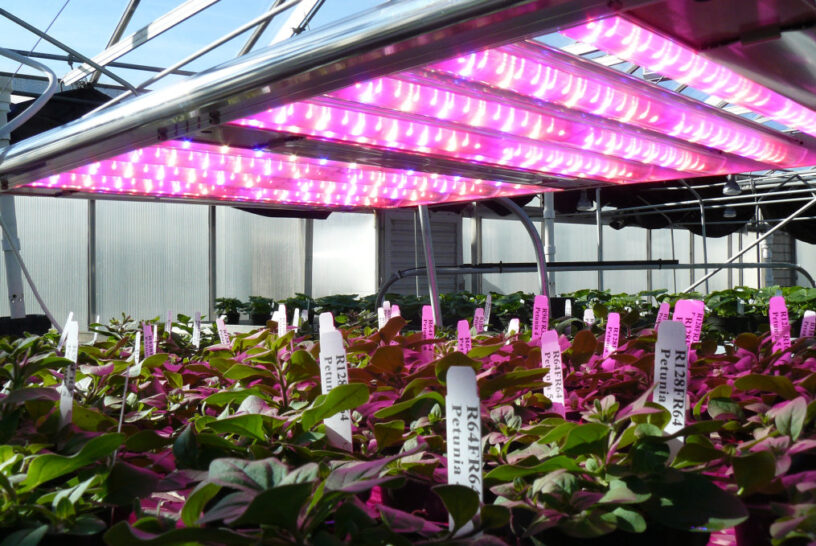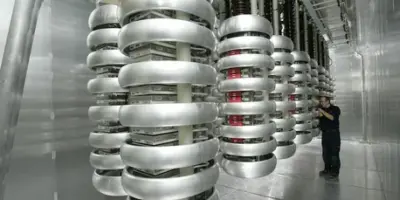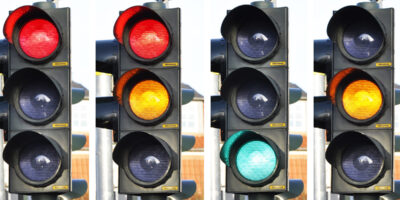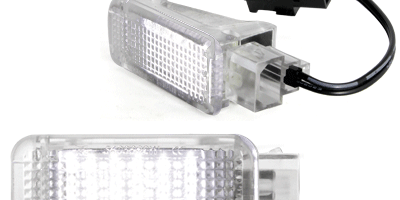Deep Dive into LED Lighting for Horticulture Applications Market
The LED lighting for horticulture applications market is booming, driven by the increasing need for efficient and sustainable food production methods. Here’s a comprehensive breakdown:
Market Overview and Definition:
The market encompasses specialized LED lighting systems designed to optimize plant growth in controlled environments like greenhouses and vertical farms. These systems emit light spectrums tailored to different plant needs, influencing factors like growth rate, yield, and overall quality.
Market Opportunities:
Several factors are propelling market growth:
- Rising Demand for Food: A growing global population necessitates increased food production. LED lighting enables cultivation in areas with limited arable land or harsh climates.
- Controlled Environment Agriculture (CEA) Growth: Techniques like vertical farming and hydroponics utilize LED lighting for precise control over plant growth conditions.
- Energy Efficiency: LEDs consume significantly less energy compared to traditional grow lights, reducing operational costs and environmental impact.
- Improved Crop Quality and Yield: Precise light spectrums enhance plant health, leading to higher yields, better quality produce, and potentially increased profitability.
- Year-Round Production: LED lighting allows growers to cultivate crops independent of seasonal limitations, ensuring consistent supply.
Market Assessment:
The market is projected to reach significant value in the coming years, with a Compound Annual Growth Rate (CAGR) exceeding 20%. Key factors influencing the market include:
- Technological Advancements: Development of LEDs with specific wavelengths further optimizes light delivery for plant growth.
- Integration with Smart Technologies: Integration with sensors and automation allows for real-time monitoring and control of lighting conditions.
- Government Initiatives: Growing support for sustainable agriculture practices fosters LED lighting adoption.
- Regional Variations: Demand is expected to be higher in regions with limited land or harsh climates, as well as areas with growing populations and high-value crops.
Competitive Strategies:
The market is witnessing increasing competition among established lighting companies and new entrants specializing in horticulture lighting solutions. Here are some key strategies:
- Product Innovation: Developing innovative LED technology with optimized light spectrums and features catering to specific crops.
- Focus on Efficiency: Manufacturing energy-efficient LED systems to minimize operating costs for growers.
- Integration with Automation: Offering integrated systems that combine LED lighting with sensors, controls, and software for comprehensive environmental control.
- Data-Driven Solutions: Providing data analytics tools to help growers optimize lighting strategies based on plant growth data.
- Targeted Marketing: Educating potential customers about the benefits of LED lighting for improved crop yields and resource efficiency.
Receive the FREE Sample Report of LED Lighting for Horticulture Application Market Research Insights @ https://stringentdatalytics.com/sample-request/led-lighting-for-horticulture-application-market/13180/
Market Segmentations:
Global LED Lighting for Horticulture Application Market: By Company
• Samsung
• Philips
• Cree
• Nichia
• Fluence Bioengineering
• Heliospectra
• Hubbell Lighting
• Illumitex
• Kessil Lighting
• Lemnis Oreon
• LumiGrow
• Osram Sylvania
• Smart Grow Technologies
Global LED Lighting for Horticulture Application Market: By Type
• LED Lamp
• LED Luminaire
Global LED Lighting for Horticulture Application Market: By Application
• Professional Horticulture Applications
• Consumer Horticulture Applications
Regional Analysis of Global LED Lighting for Horticulture Application Market
All the regional segmentation has been studied based on recent and future trends, and the market is forecasted throughout the prediction period. The countries covered in the regional analysis of the Global LED Lighting for Horticulture Application market report are U.S., Canada, and Mexico in North America, Germany, France, U.K., Russia, Italy, Spain, Turkey, Netherlands, Switzerland, Belgium, and Rest of Europe in Europe, Singapore, Malaysia, Australia, Thailand, Indonesia, Philippines, China, Japan, India, South Korea, Rest of Asia-Pacific (APAC) in the Asia-Pacific (APAC), Saudi Arabia, U.A.E, South Africa, Egypt, Israel, Rest of Middle East and Africa (MEA) as a part of Middle East and Africa (MEA), and Argentina, Brazil, and Rest of South America as part of South America.
Click to Purchase LED Lighting for Horticulture Application Market Research Report @ https://stringentdatalytics.com/purchase/led-lighting-for-horticulture-application-market/13180/
Opportunity and Analysis:
- Spectrum Tuning: A significant trend is the ability to fine-tune LED light spectrums. Unlike traditional grow lights, LEDs can emit specific wavelengths that influence plant growth stages like vegetative development, flowering, and fruiting. This customization allows growers to optimize yields and quality for diverse crops.
- Smart Lighting Systems: The integration of sensors and automation is another major trend. Smart lighting systems collect real-time data on factors like temperature, humidity, and light intensity. This data allows for automatic adjustments to optimize plant growth conditions and maximize efficiency.
- Vertical Farming Boom: The rise of vertical farms, with their stacked layers under controlled environments, necessitates efficient LED lighting solutions. Manufacturers are developing LED systems specifically designed for vertical farming applications, addressing unique challenges like light distribution across multiple layers.
- Focus on Sustainability: Energy efficiency is a major advantage of LED lighting. Growers are increasingly adopting LEDs to reduce their environmental impact and operating costs. Additionally, research on the potential for LEDs to enhance plant growth using less water holds promise for further sustainable practices.
- Data-Driven Farming: The integration of data analytics with LED lighting systems empowers growers to make informed decisions. By analyzing light spectrum impact on various plant metrics, growers can fine-tune their lighting strategies to maximize yields and resource utilization.
Growth Factors:
Several factors are fueling market expansion:
- Increasing Urbanization: As urbanization rises, demand for locally-grown, high-quality produce increases. LED lighting enables cultivation in urban environments, fostering a trend towards rooftop farms and indoor vertical farming facilities.
- Government Support: Many governments are promoting sustainable agriculture practices, including LED lighting adoption. This includes providing subsidies and implementing regulations that encourage energy-efficient technologies.
- Rising Consumer Awareness: Consumers are increasingly interested in the origin and sustainability of their food. This drives demand for locally-grown produce cultivated using environmentally-friendly methods, further boosting the LED lighting market.
Outlook on Key Growth Trends:
The future of LED lighting for horticulture applications looks bright, with these key trends shaping the market:
- Customization: Expect even more precise spectrum tuning capabilities, allowing growers to tailor light recipes for specific plant varieties and desired outcomes.
- Integration with AI: The integration of Artificial Intelligence (AI) with LED systems and data analytics will offer growers even more sophisticated tools to optimize lighting strategies and maximize efficiency.
- Remote Monitoring and Control: Advancements in internet connectivity will enable real-time remote monitoring and control of LED lighting systems, allowing growers greater flexibility and management from anywhere.
- Focus on Plant Health: Research on the impact of specific light spectrums on plant health and immunity is ongoing. Expect LED technology to be further refined to promote plant resilience and reduce the need for pesticides.
About Stringent Datalytics
Stringent Datalytics offers both custom and syndicated market research reports. Custom market research reports are tailored to a specific client’s needs and requirements. These reports provide unique insights into a particular industry or market segment and can help businesses make informed decisions about their strategies and operations.
Syndicated market research reports, on the other hand, are pre-existing reports that are available for purchase by multiple clients. These reports are often produced on a regular basis, such as annually or quarterly, and cover a broad range of industries and market segments. Syndicated reports provide clients with insights into industry trends, market sizes, and competitive landscapes. By offering both custom and syndicated reports, Stringent Datalytics can provide clients with a range of market research solutions that can be customized to their specific needs.
Reach US
Stringent Datalytics
+1 346 666 6655
Social Channels:
Linkedin | Facebook | Twitter | YouTube




Leave a Reply